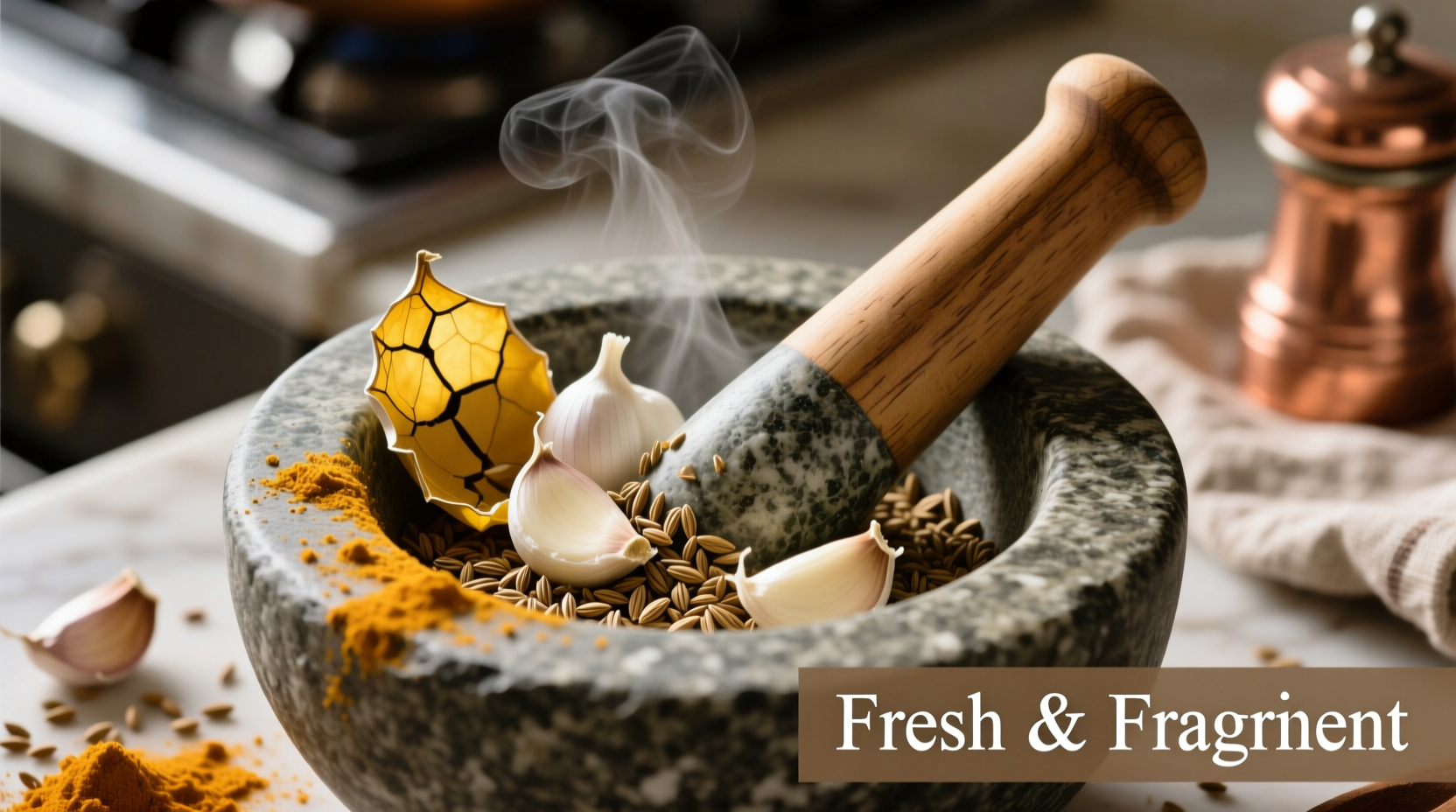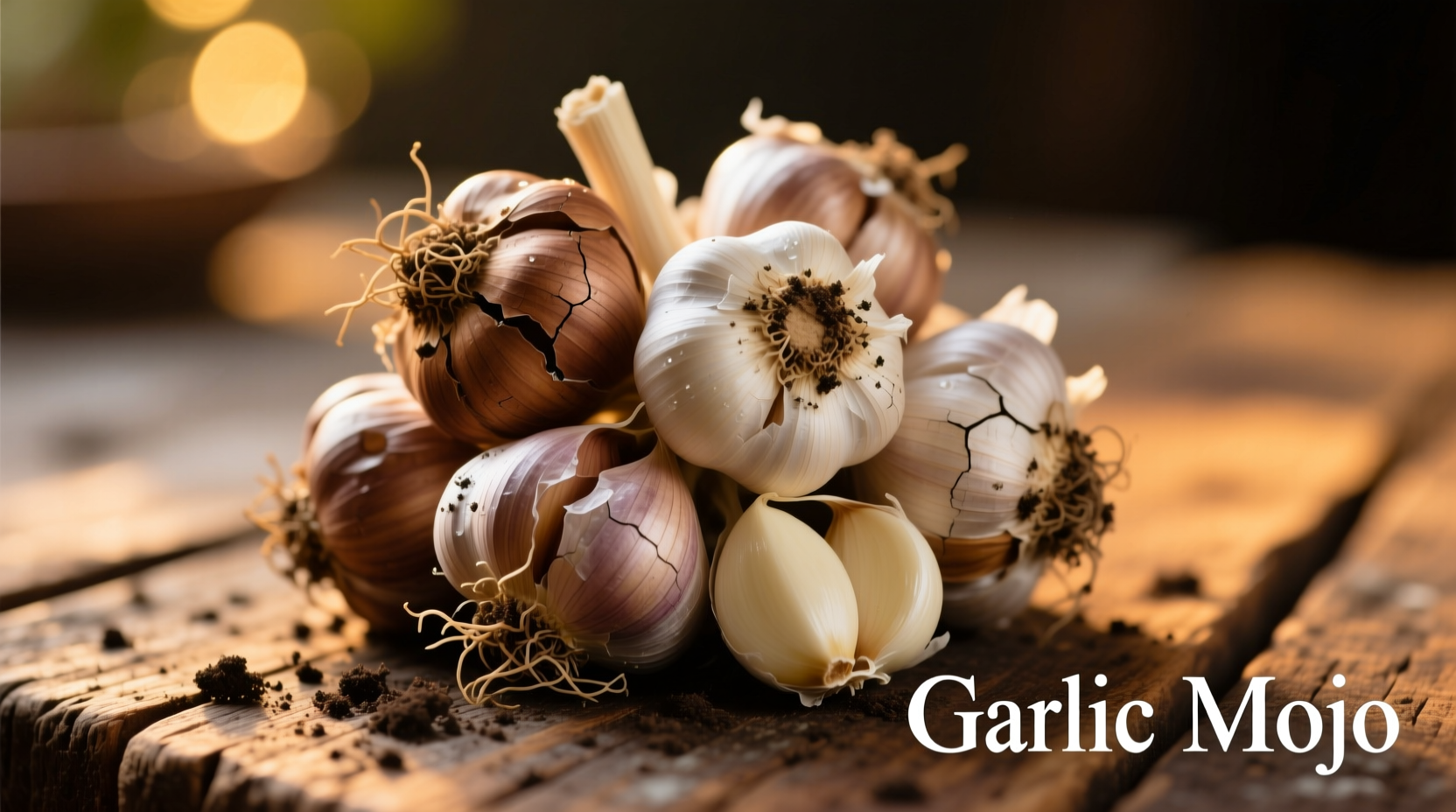Garlic mojo isn't just another condiment—it's a culinary cornerstone across Spanish and Latin American kitchens with a history spanning centuries. This vibrant red or green sauce (depending on pepper variety) delivers an aromatic garlic punch balanced by vinegar's tang and oil's richness. Unlike plain garlic oil, authentic mojo features a stable emulsion that clings perfectly to food, carrying flavor in every bite.
The Historical Journey of Garlic Mojo
Mojo's story begins in the Canary Islands, where indigenous Guanche people first combined local peppers with North African culinary influences brought by Moorish traders. Spanish colonization in the 15th century introduced garlic and vinegar, creating the foundation of modern garlic mojo. As Canary Islanders migrated to Cuba, Puerto Rico, and other Latin American regions in the 18th and 19th centuries, they adapted the recipe using locally available ingredients like bitter oranges and different chili varieties.
| Era | Key Developments | Ingredient Evolution |
|---|---|---|
| Pre-1400s | Indigenous Guanche pepper sauces | Local malagueta peppers, herbs |
| 1400-1600s | Spanish colonization introduces new elements | Garlic, vinegar, olive oil added |
| 1700-1800s | Migration spreads mojo to Americas | Bitter oranges replace some vinegar |
| Modern Era | Global popularity with regional twists | Smoked paprika, cumin variations |
Essential Ingredients and Why They Matter
The magic of authentic garlic mojo lies in ingredient quality and proper ratios. University of Barcelona food science research confirms that the emulsion stability depends on precise acid-to-oil ratios—deviate beyond 1:3 and your sauce will break.
Garlic selection makes or breaks your mojo: Young spring garlic provides milder flavor, while cured bulbs deliver intense punch. For traditional Canarian mojo rojo (red), use sweet pimientos de padrón; for verde (green), fresh cilantro and green peppers create that signature color. The National Institute of Food Technology recommends crushing garlic with salt first to release allicin compounds responsible for both flavor and health benefits.

Perfect Garlic Mojo Recipe (Traditional Method)
This authentic preparation requires no special equipment—just a mortar and pestle for optimal texture. Modern blenders work but lack the nuanced flavor development from traditional grinding.
- Peel 8-10 garlic cloves and mash with 1 tsp sea salt into smooth paste
- Add 1 tbsp red wine vinegar (or 2 tbsp bitter orange juice for Cuban style)
- Slowly drizzle in 1 cup extra-virgin olive oil while continuously stirring
- Mix in 1 tsp cumin and 1-2 chopped peppers (pimientos de la Vera for smokiness)
- Adjust consistency with warm water if too thick
Professional chefs at Spain's El Bulli Foundation emphasize the critical emulsification step: "The oil must incorporate gradually—adding too quickly causes separation that even reheating can't fix," explains their culinary research team.
When Garlic Mojo Shines: Culinary Applications
While traditionally served with papas arrugadas (wrinkled potatoes), garlic mojo's versatility surprises many home cooks. Food anthropology studies show regional usage patterns:
- Canary Islands: Essential with gofio (roasted grain) dishes and fresh fish
- Cuba: Marinating agent for lechón asado (roast pork) with bitter orange variation
- Puerto Rico: Base for tostones (fried plantains) dipping sauce
- Modern kitchens: Salad dressing base, roasted vegetable drizzle, sandwich spread
Important limitation: Avoid high-heat cooking with finished mojo—garlic burns above 350°F (177°C), turning bitter. Instead, add sauce after cooking or use as finishing touch. The FDA's Food Code confirms garlic-in-oil mixtures require refrigeration within 2 hours to prevent botulism risk.
Storage Guidelines You Can Trust
Properly stored garlic mojo maintains quality for different durations depending on ingredients:
- Vinegar-based versions: 3 weeks refrigerated in airtight container
- Citrus-based versions: 10 days refrigerated (higher acidity extends life)
- Freezing: Up to 3 months in ice cube trays (thaw overnight in fridge)
Signs of spoilage include separation that stirring won't fix, sour smell, or mold. Never store garlic mojo at room temperature—the USDA warns that low-acid garlic-oil mixtures create ideal conditions for Clostridium botulinum growth.
Common Mistakes and Professional Fixes
Even experienced cooks encounter these issues:
- Broken emulsion: Start new small emulsion with 1 tsp water + 2 tbsp oil, then slowly incorporate broken sauce
- Overpowering raw garlic: Blanch cloves in boiling water for 30 seconds before use
- Bitter flavor: Use fresh oil (rancid oil causes bitterness) and avoid overheating
- Too thin: Add more mashed garlic paste to thicken
Regional Variations Worth Trying
While Canary Islands mojo remains the gold standard, these authentic variations showcase culinary adaptation:
- Mojo Picón (Canary Islands): Smoked paprika version for fish dishes
- Mojo de Ajo (Cuba): Bitter orange juice replaces vinegar, often with cumin
- Mojo Verde (Puerto Rico): Cilantro-based green version with culantro
- Modern Fusion: Chipotle pepper for smoky depth, lemon zest for brightness
Remember that authentic mojo never contains mayonnaise or dairy—these are Americanized adaptations. The Canary Islands Gastronomic Council maintains strict traditional preparation standards for protected designation of origin products.
Can I make garlic mojo without a mortar and pestle?
Yes, use a microplane grater for garlic paste, then slowly whisk in oil to emulsify. A small blender works but may incorporate too much air, altering texture. Traditional methods develop better flavor through gradual emulsification.
Why does my garlic mojo separate and how do I fix it?
Separation occurs when oil incorporates too quickly. To fix: start new emulsion with 1 tsp water and 2 tbsp oil, then slowly whisk in broken sauce. Prevention is key—add oil drop by drop initially, increasing to thin stream once emulsified.
How long does homemade garlic mojo last in the refrigerator?
Vinegar-based mojo lasts 3 weeks refrigerated in airtight container. Citrus-based versions last 10 days due to lower acidity. Always check for sour smell or mold before use. Never store at room temperature—garlic in oil requires refrigeration to prevent botulism risk.
What's the difference between mojo and regular garlic oil?
True mojo is a stable emulsion of garlic, acid (vinegar or citrus), and oil with added spices. Regular garlic oil is simply oil infused with garlic. Mojo clings to food better due to emulsification and has balanced flavor from the acid component, while garlic oil can become bitter when heated.











 浙公网安备
33010002000092号
浙公网安备
33010002000092号 浙B2-20120091-4
浙B2-20120091-4